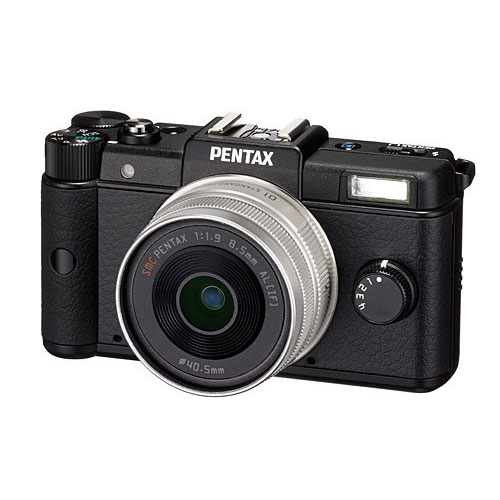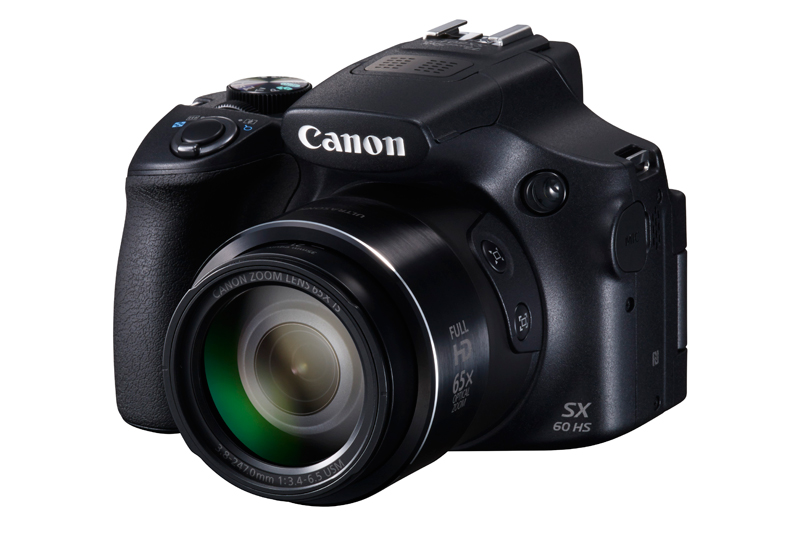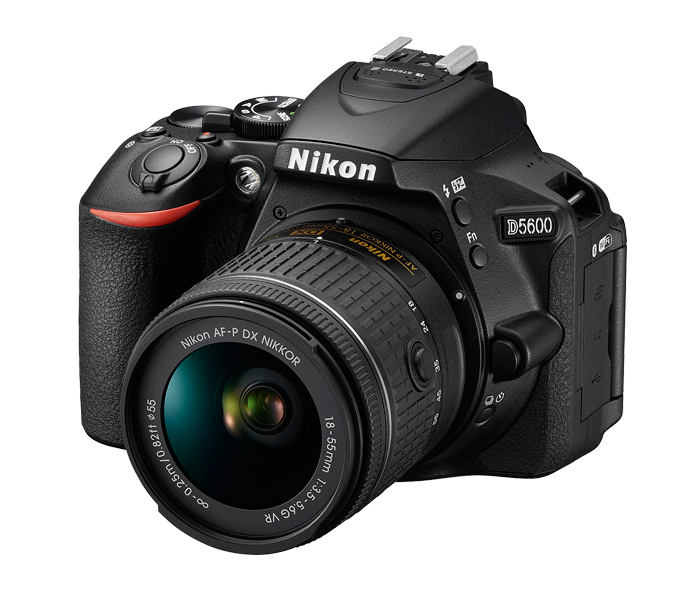Types Of Camera
hallo steemian,
In the world of photography, the selection of the camera determines the image and usability we want. There are a range of types of compact cameras, described below. If you decide you want one of these, you can check out our advice on choosing which compact camera to buy.
Camera type: Simple point and shoot

Most budget compacts offer lenses with a 3-10x optical zoom, which will ordinarily stretch from around 35-105mm. This is a capable range for everyday photography, although some cameras push the boundaries a little further to offer particularly wide or long focal lengths. A camera with a lens starting at around 28mm will be perfectly suited to group shots and landscapes, while one which stretches to 140mm or 150mm is ideal for capturing far away details. As a rule, anything with an optical zoom over 8x is better than average, and so is worth a closer look.
The last few years have seen fierce competition among manufacturers to bring high-end features down to a lower price point. Something which has slowly grown over the years in the size of a cameras’ LCD screens; 2.7in is standard for budget models, though 3in screens are now appearing at this price point. These may not improve your picture taking as such, but they do provide a better view of the scene and your captured images. Something else to look out for is image stabilisation – while the systems on such cameras aren’t quite as advanced as those on higher-end models, they do generally work and can help you capture sharper images.
Lastly, it’s not worth thinking too much over the number of megapixels such cameras have, as they all have enough. In fact, more megapixels can be detrimental to image quality, (particularly when shooting in low light) and these images take up more space on your memory card. Unless you have a specific reason for needing more megapixels, bear in mind that less is often more.
Camera type: Standard compact cameras

A number of these offer wideangle lenses, and practically all of them work on rechargeable lithium-ion batteries which are supplied with the camera. At the budget end of the scale the focus is decidedly on style, with slim and colourful bodies and an array of trendy features such as inbuilt Wi-Fi and face and smile detection included. More expensive models may incorporate longer zoom lenses and larger LCD screens, and may even offer touch-screen functionality.
Many of these cameras offer some form of auto-intelligence, which automatically adjusts a number of settings according to the subject matter. This ideal for less confident users, who may be confused by certain settings. If it’s style and portability you’re after, Sony’s Cyber-shot range is a good place to look, as many models are either slim, colourful, packed full of technology, or all of the above, while the Canon IXUS range always tends to fare well, too.
While such cameras are good general purpose models, they may put off larger-handed users or those used to the larger controls of an SLR. With the exception of touch-screen models, where control is through a series of virtual buttons on the LCD screen, the way these cameras operate is through an assortment of buttons and a menu pad on the rear. These can often be quite small and it may be difficult to see what you’re pressing, particularly as not all camera have these options clearly engraved.
Camera type: Enthusiast compact cameras

Enthusiast compacts aim to bring a high standard of image quality to a small camera. This is typically achieved with a larger-than-usual sensor and a high-quality optic, together with manual control and a superior build quality. When lighting conditions are good and correct photographic technique is employed, such cameras can produce DSLR-like results – which makes them ideal backup cameras to more expensive models. Even when light levels drop, the noise control offered by these cameras is generally good, even if it isn’t quite up to the standard of DSLRs.
These are also the cheapest types of camera to offer Raw recording, should you wish to take processing into your own hands. Some models also offer hotshoes for external accessories, such as viewfinder and flashguns, while a couple of those with longer lenses also manage to squeeze in GPS recording should you be travelling around.
For more critical captures some cameras offer high-resolution LCD screens, ones which match the quality of those on many recent DSLRs. As these allow you to zoom into an image without the quality degrading, these are ideal for checking finer details post capture, or for checking correct focus as you compose.
Camera type: Superzoom cameras (also called Bridge cameras)

Superzoom cameras combine the flexibility of a wide focal range with a small format body. Many offer manual control over exposure (such as with an aperture or shutter priority option), and some allow you to manually focus too, meaning the photographer can take many decisions into their own hands.
One crucial aspect of a superzoom camera is its image stabilisation system. When shooting at longer focal lengths a camera has to work harder to keep the image stable, which makes a lens or sensor based image stabilisation system vital. Some cameras only offer sensitivity-based image stabilisation systems which work by increasing the camera’s ISO – this is something best avoided if one of the alternative two solutions are available.
Another popular feature on such models is an articulated LCD screen. These pull away from the body and allow you to shoot at awkward angles to the subject, such as at ground level. They may also help when shooting in bright conditions, as they can be adjusted to the angle with the least glare.
The key aspect of a bridge camera is how far the zoom can reach. There are those which offer a more modest focal length, but in exchange offer a wide aperture, such as the Panasonic FZ200. On the other hand, there are those that offer huge focal ranges, such as the Nikon P900 with its incredible 83x zoom.
Camera type: Compact System (Hybrid/mirrorless) camera models

While Compact System Cameras (or hybrids as they are sometimes known) have only been available for the past few years, they have significantly altered the photographic market. Some models use the same size of sensor found in DSLRs they are able to achieve a similar standard of image quality, where as others, such as the Pentax Q, use compact-sized sensors to reduce size even further. They can be made much smaller thanks to the lack of the traditional SLR mirror box. This does mean, however, that they cannot offer an optical viewfinder as standard – instead, some offer electronic viewfinders, while some simply have an LCD screen for composition.
As a new and growing segment of the market, manufacturers are still building up lens options for these models. One of the advantages of these lenses is that, like the bodies on which they are mounted, they may be made smaller and lighter. For anyone wishing to travel light, a hybrid body with a couple of lenses may prove to be the best solution where image quality is key. As the first of these systems to enter the market, the Micro Four Thirds line has the most options at present, particularly as compatible lenses are being developed by both Olympus and Panasonic (as well as a few third-party manufacturers).
DSLR cameras are what many people think of when it comes to advanced photography. Thanks to some serious strides in camera technology, it’s not necessarily true that DSLRs offer better image quality than CSCs, but it’s a different style of shooting that some prefer. Generally speaking, it’s still true that the widest range of lenses is available for DSLRs, meaning that the photographer may choose one that’s been developed specifically to suit their requirements.
Most consumer DSLR cameras offer APS-C sensors, which are slightly larger than the Micro Four Thirds sensor but smaller than full-frame. This applies a conversion factor of around 1.5x to any mounted lens, which gives lenses a little extra reach. The downside of this is that wider angles are harder to achieve, and usually mean investing in either a full-frame body or a very wideangle lens which can tolerate some cropping. Full-frame cameras are starting to become more affordable as time goes on, with Nikon and Canon both offering “entry level, full-frame” cameras, like the Canon EOS 6D and the Nikon D610.
DSLRs also have the widest range of accessories at present. A plethora of lenses aside, all DSLRs accept flashguns on their hotshoe, and many also take extra battery grips for extra power and easier shooting in the portrait orientation. With HD video now a staple feature on DSLRs, it’s even possible to invest in an external microphones for stereo sound recording, while the shallow depth of field offered by a larger sensor can be a great benefit with regards to creativity and low-light shooting.
SO WHICH CAMERA WOULD YOU CHOOSE?


You listed the source but you should really only try to copy a small portions and add your own thoughts instead of copying and pasting the whole thing.
Copying/Pasting full texts without adding anything original is frowned upon by the community.
Some tips to share content and add value:
Repeated copy/paste posts could be considered spam. Spam is discouraged by the community, and may result in action from the cheetah bot.
Hi! I am a robot. I just upvoted you! I found similar content that readers might be interested in:
http://www.whatdigitalcamera.com/buying-advice/buying_guides/choosing-a-camera-type-advice-to-help-you-buy-a-camera-2-12271
Congratulations @cipitih! You have completed some achievement on Steemit and have been rewarded with new badge(s) :
Click on any badge to view your own Board of Honor on SteemitBoard.
For more information about SteemitBoard, click here
If you no longer want to receive notifications, reply to this comment with the word
STOPHello, please follow the rules of the group Steemit for Resteem ↕ and you will be resteemed by the most active members in the group.
You have to resteem a post from the group before you post yours there.
Here is : HOW TO RESTEEM ON STEEMIT ?
We also don't accept posts upvoted by cheetah, write your own post but not copy past from the web !
That's cool camera.. i hope i can have it once..
A lah mbo follow waang.. selow.. great post..